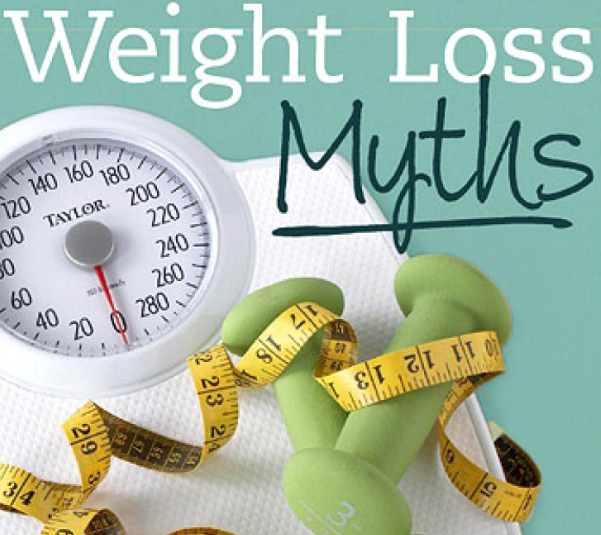 More Americans are overweight today than ever before. In fact, the ‘American Diet,’ as it has been dubbed in recent years, is loaded with fattening foods and fattening habits that have led to our nation’s highest rate of obesity. Yet losing weight tops the list of not only New Year’s resolutions, but nearly every other wish list imaginable. But what does it take to lose weight? And why is such a difficult, even elusive, prospect for so many of us? Perhaps the answer lies in the facts and myths about the prospect of losing weight itself. For instance, did you know that not all calories are equal? It’s true. When you’re planning out how many calories you plan on consuming on your new weight loss program, it’s important to know that not all calories are created equal. There are a number of other important myths to discover about losing weight, and until you learn them, you’ll likely ride that roller coaster of weight loss for a long time. Following are top health tips about the myths of losing weight that will aid you in your journey to a more healthy weight.
More Americans are overweight today than ever before. In fact, the ‘American Diet,’ as it has been dubbed in recent years, is loaded with fattening foods and fattening habits that have led to our nation’s highest rate of obesity. Yet losing weight tops the list of not only New Year’s resolutions, but nearly every other wish list imaginable. But what does it take to lose weight? And why is such a difficult, even elusive, prospect for so many of us? Perhaps the answer lies in the facts and myths about the prospect of losing weight itself. For instance, did you know that not all calories are equal? It’s true. When you’re planning out how many calories you plan on consuming on your new weight loss program, it’s important to know that not all calories are created equal. There are a number of other important myths to discover about losing weight, and until you learn them, you’ll likely ride that roller coaster of weight loss for a long time. Following are top health tips about the myths of losing weight that will aid you in your journey to a more healthy weight.
 An intragastric (or gastric) balloon is an inflatable medical device used to aid in weight loss. In a non-invasive medical procedure, the intragastric balloon is placed into the stomach on a temporary basis in selected obese or overweight patients when diet and exercise have failed. One such device is the ORBERA Intragastric Balloon, which is made of soft silicone. The ORBERA Intragastric Balloon can be beneficial to patients because it stays in the stomach temporarily, about six months, during which time it encourages a patient to eat a healthier diet. Following is more information from top gastroenterologists in Queens regarding the ORBERA Intragastric Balloon that may assist you in making an informed decision concerning this noninvasive weight loss surgery. If you are interested in learning more about non invasive weight loss procedures contact a gastroenterologist near you.
An intragastric (or gastric) balloon is an inflatable medical device used to aid in weight loss. In a non-invasive medical procedure, the intragastric balloon is placed into the stomach on a temporary basis in selected obese or overweight patients when diet and exercise have failed. One such device is the ORBERA Intragastric Balloon, which is made of soft silicone. The ORBERA Intragastric Balloon can be beneficial to patients because it stays in the stomach temporarily, about six months, during which time it encourages a patient to eat a healthier diet. Following is more information from top gastroenterologists in Queens regarding the ORBERA Intragastric Balloon that may assist you in making an informed decision concerning this noninvasive weight loss surgery. If you are interested in learning more about non invasive weight loss procedures contact a gastroenterologist near you.
 Though most of us enjoy good health, we should never take it for granted. Always there is the fear of the unknown, something catastrophic that would take our good health away and that is the scariest notion. Like the Zika virus for instance. Or last year’s widespread flu epidemic since the virulent virus did not match the flu serum for the 2014-2015 flu season.
Though most of us enjoy good health, we should never take it for granted. Always there is the fear of the unknown, something catastrophic that would take our good health away and that is the scariest notion. Like the Zika virus for instance. Or last year’s widespread flu epidemic since the virulent virus did not match the flu serum for the 2014-2015 flu season.
But how about type 2 diabetes? While it is not classified as an infectious or communicable disease, the incidence of adult-onset diabetes is growing at an alarming rate, even showing up in teens and children. It is estimated that more than 29 million Americans have diabetes; unbelievably, about 8 million don’t even know they have the disease.

